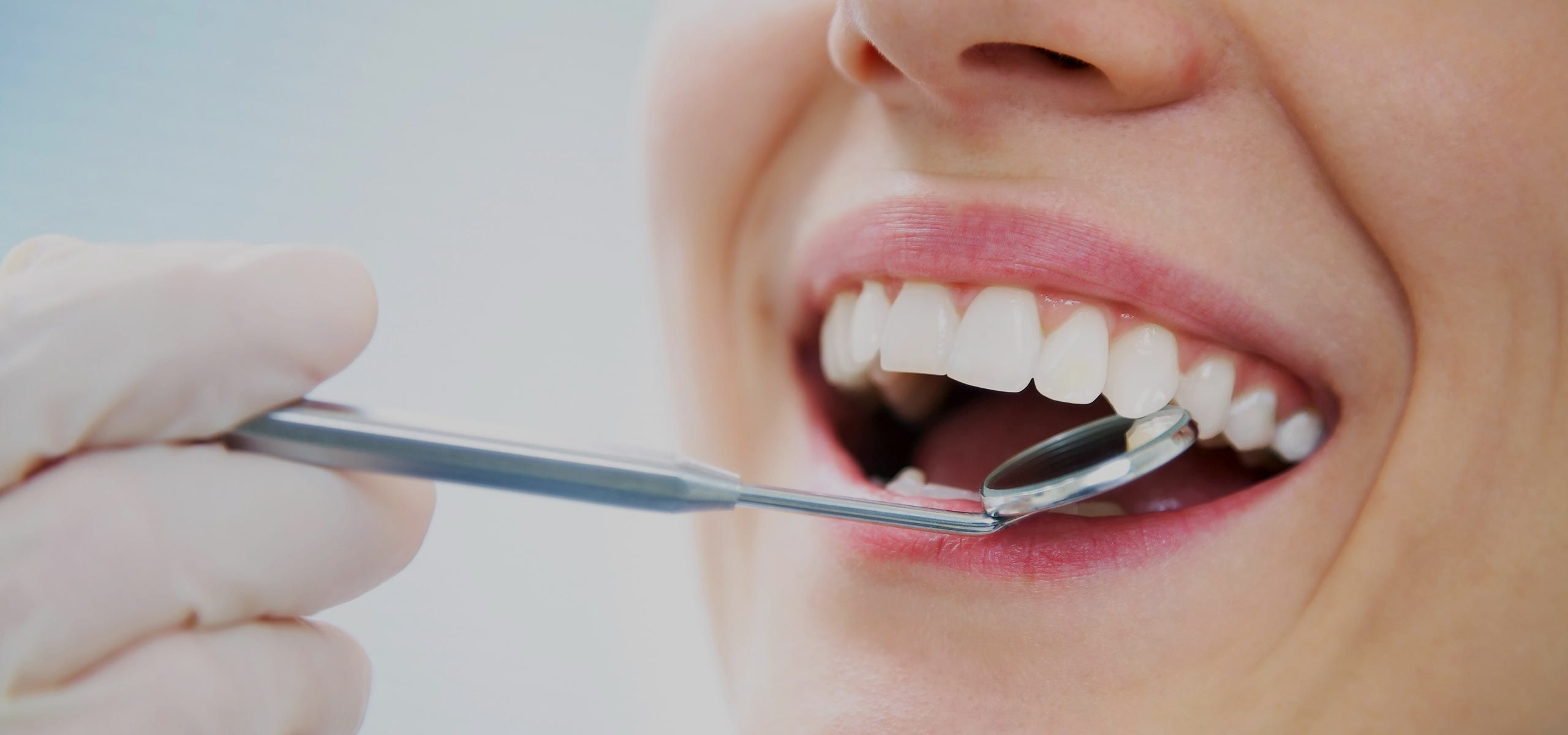
// Gum Disease
What is Periodontal Disease?
Periodontal means “around the tooth.” Periodontal disease, or gum disease, is a common condition that is caused by inflammation around the surrounding soft tissues of the tooth. Gingivitis is a bacterial infection affecting the gum tissue. Once this bacterial infection gets in the pockets between the teeth, it becomes more difficult to remove and treat. Left untreated, gingivitis can turn into periodontitis and affect the bone. Periodontitis can cause shifting teeth, loose teeth, and is the leading cause of tooth loss in adults.
Causes of periodontal disease
Genetics and environmental factors can lead to gum disease, but many preventative measures can significantly lower the risk of developing periodontitis. Some of the most common causes of gum disease include poor dental hygiene, tobacco use, genetic predisposition, pregnancy and menopause, chronic stress and poor diet, diabetes and underlying medical issues, grinding teeth, and certain medication.
Signs & symptoms of periodontal disease
Periodontal disease can progress without any signs and symptoms and is why regular exams are essential. Some of the more common signs and symptoms include unexplained bleeding, pain/redness/swelling, longer-looking teeth, bath breath/halitosis, loose teeth/change in bite pattern, and pus.
Diagnosis
As part of your regular check-up, your dentist or hygienist will perform a periodontal exam. Looking for signs and symptoms, your diagnosis will fall into gingivitis (the first stage), periodontitis, or advanced periodontitis.
